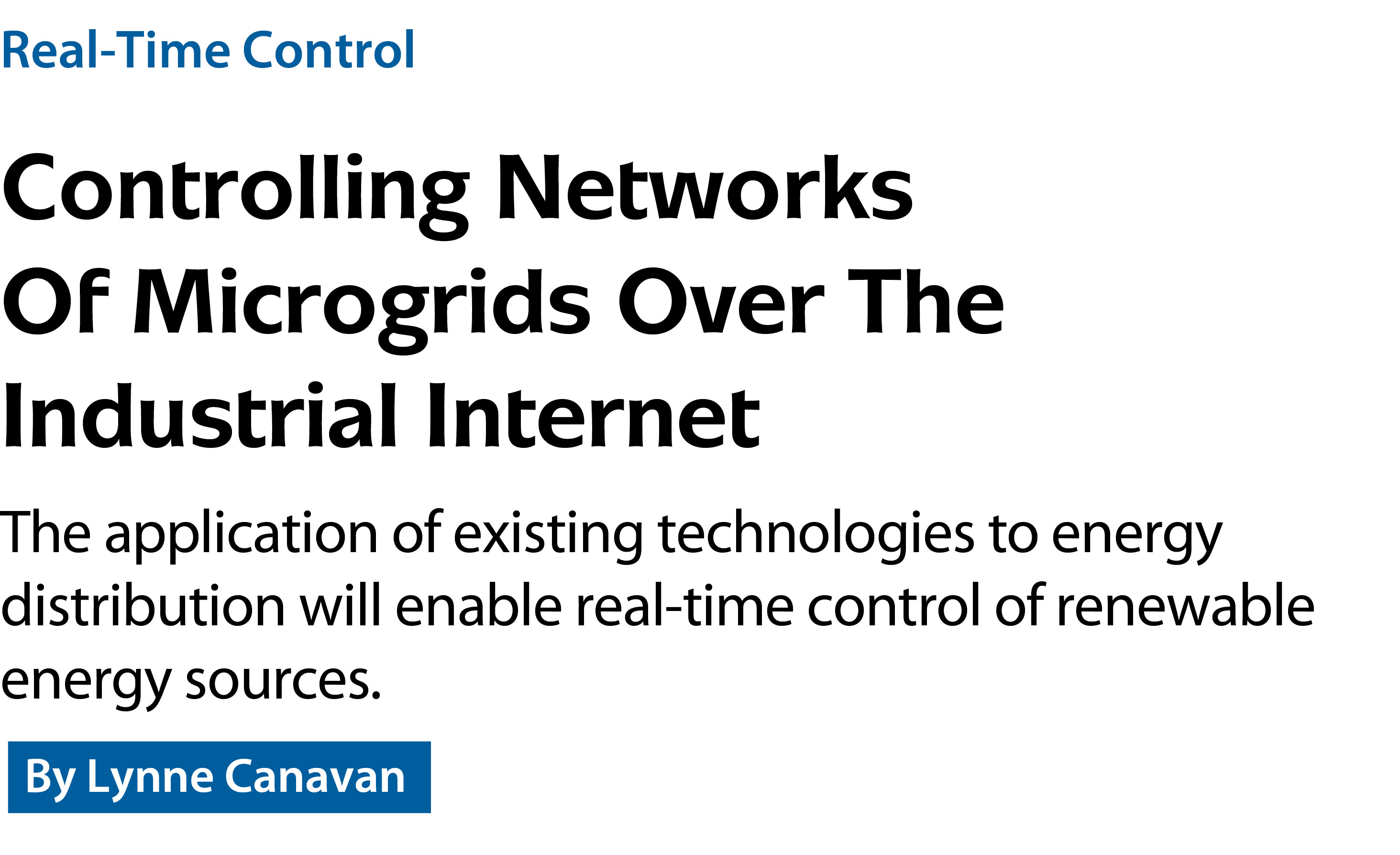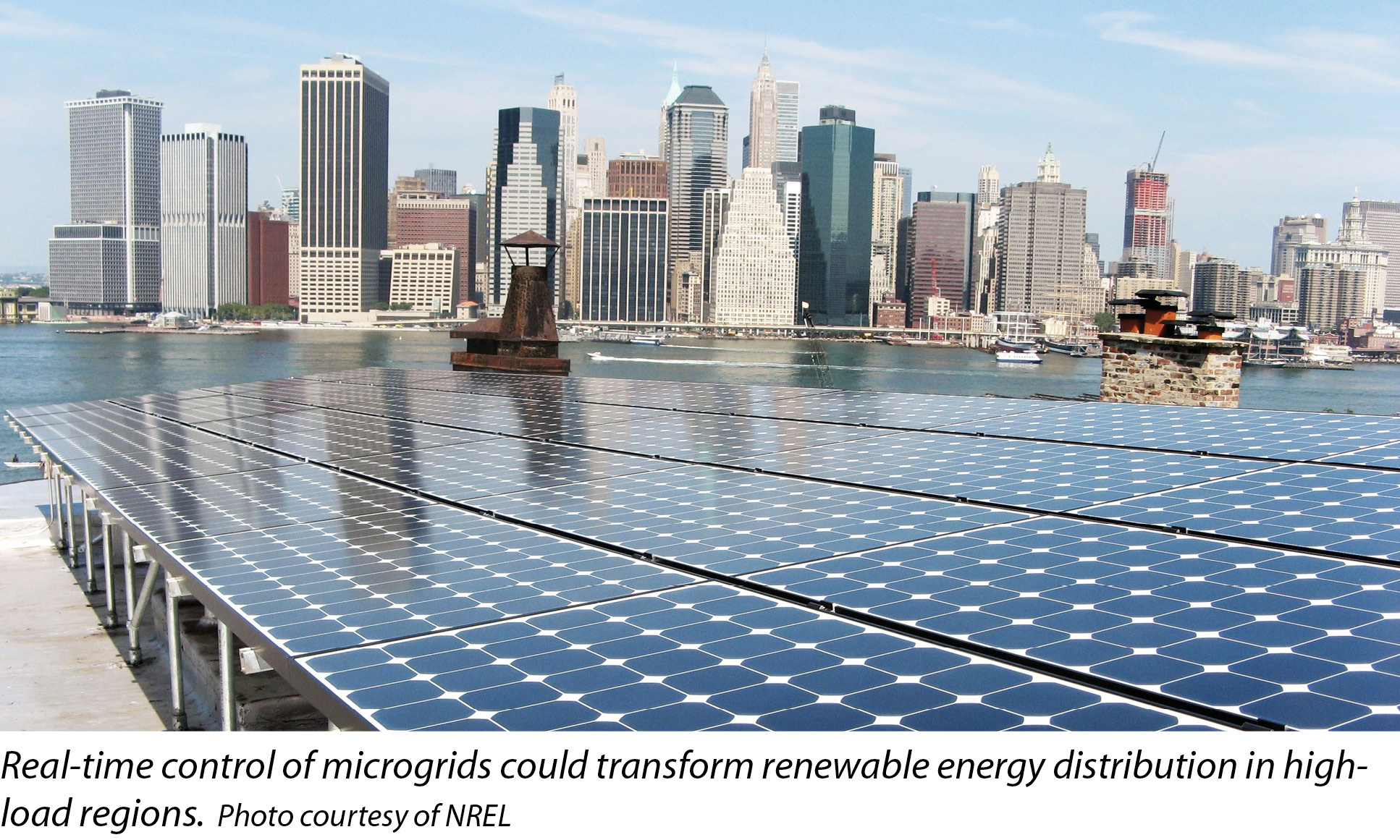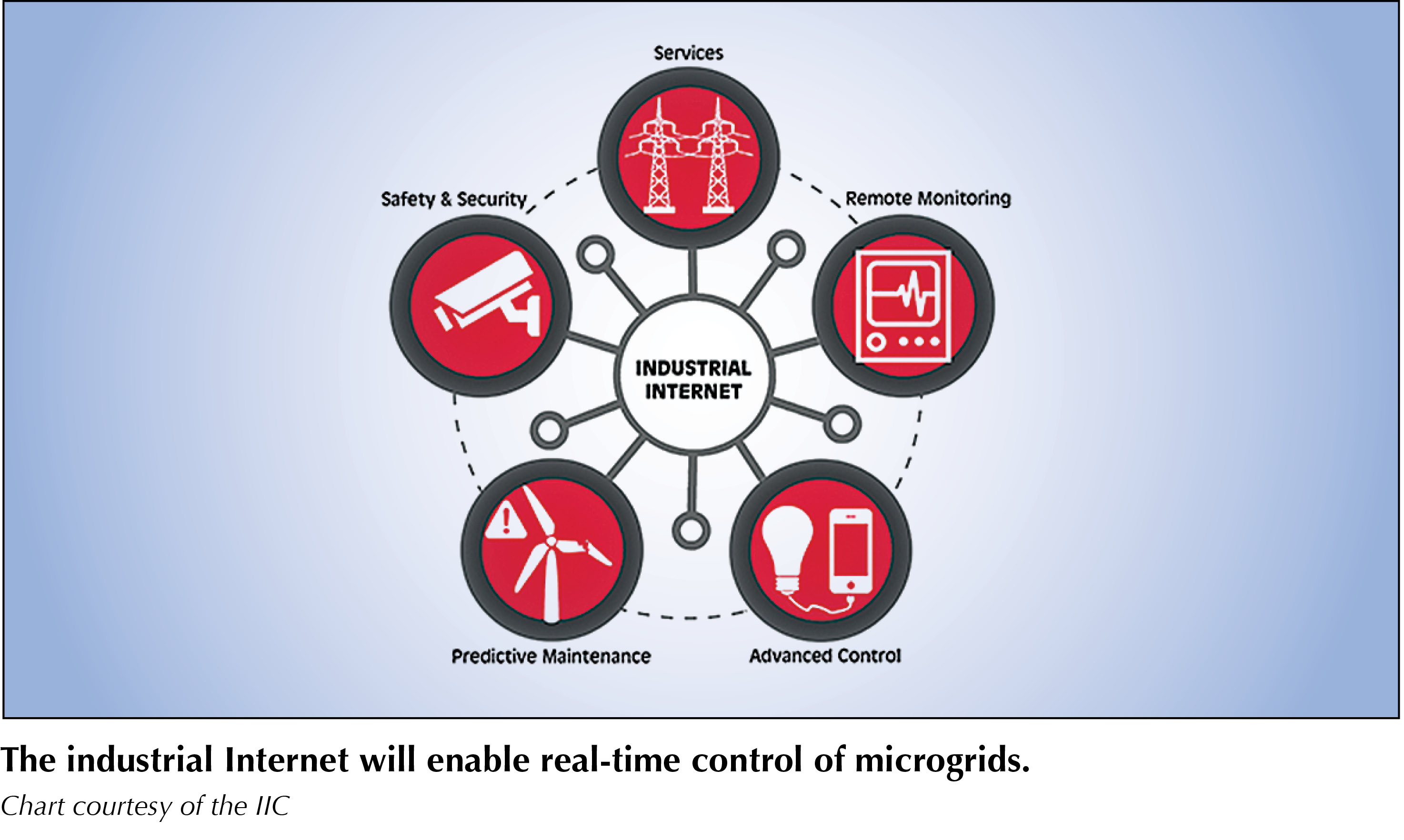

301 Moved Permanently
With the introduction of smart power grids, all sectors of the energy industry are on the verge of a seismic shift. The enabling technologies of big data, data analytics and predictive maintenance are creating the industrial Internet that will make renewable energy assets responsive to demands in near real time.
The industrial Internet is the convergence of interconnected machines and devices with intelligent analytics. It is where operational technology meets information technology. Industrial -Internet technologies help reduce costs and enable personnel to make changes in the production process in real time so as to spot any maintenance issues before they become full-blown problems.
The industrial Internet has been taking off in recent years due to dramatic drops in prices for sensors, bandwidth and processing. At the same time, the advent of smartphones has provided stakeholders with wireless personal gateways to the Internet with near-ubiquitous coverage.
According to a recent World Economic Forum report, 72% of surveyed market leaders believe that the industrial Internet will be disruptive, with 78% saying this disruption will occur within the next five years. What is worrisome is that 88% of these same surveyed leaders admit that their businesses are not ready for it.
Real-time renewables
The Industrial Internet Consortium (IIC) is an international organization that is concerned with accelerating the development, adoption and widespread use of the industrial Internet in all industries. The consortium has a working group that focuses specifically on identifying and prioritizing the highest-value business problems that are unique to the energy industry. One problem that the members of the IIC found was the integration of renewable and distributed energy sources into power grids.
Though introducing an industrial-Internet solution to power grids has countless benefits, getting from point A to point B may not be as straightforward as one would like. For one thing, the central-station design of power grids does not make allowances for connecting distributed and renewable power sources. That is why IIC members Real-Time Innovations, National Instruments and Cisco have joined together to work on the Communication and Control Testbed for Microgrid Applications in order to introduce industrial-Internet technologies to today’s power grids.
With the Communication and Control Testbed for Microgrid Applications, the supporting partners envision redesigning central-station power grids into a network with smaller, distributed microgrids. Microgrids are designed as distributed systems capable of operating independently from or in parallel with the central power electric system.

Each microgrid would be responsible for managing the demands of energy generation and storage for a particular area. Although many microgrids could operate independently from the overall grid, they would generally remain merged with the main system and help mitigate the variation in power generation profiles from solar by integrating backup storage and generation.
By dividing a large power grid system into smaller, more manageable microgrids, local power generation and storage would be more efficiently managed. This would also make the system in its entirety more resilient, reliable and secure. With local power generation and storage, it would be possible to isolate a microgrid - also known as “islanding” - from a larger grid blackout or to help isolate a failure in a microgrid and keep it from cascading across the larger power grid. This would have the effect of keeping blackouts isolated to a particular microgrid’s area.
To streamline the adoption of microgrids, the testbed leaders and their partners, Southern California Edison, CPS Energy, Duke Energy and the Standard Grid Interoperability Panel, are deploying industrial-Internet technologies to the power grid system.
One issue that the industrial Internet can solve in the industry is the over-generation of power. Most power grids operate on 15-minute energy output cycles. With distributed energy sources such as rooftop solar, partly cloudy weather can cause rapid variations in power needs in the distribution area. So, operators have to assume the worst case and compensate by over-generating power.
This over-generation of power means that renewable energy sources, such as solar panels and wind generators, are not being used as efficiently as they could be. Over-generation means that energy is being wasted and costs either continue to rise or stay high.
Beyond the costs of over-generation, the costs of outages take various forms, including lost output and wages, production delays as a consequence of the outage, inconvenience, and damage to the grid itself. Continued investment in grid modernization, such as the creation of microgrids, will help mitigate these costs over time. This will have large implications for the economy.

The Communication and Control Testbed brings the flexibility of industrial-Internet technologies to distributed control and secure communication to the edge of the power grid, making it possible to update power generation in real time. This will help ensure that power is generated more accurately and reliably. Furthermore, with better information about local conditions and predictive analytics, it is possible to better forecast energy needs and optimize generation to fit the needs for that particular time. This will make it possible to still meet demand but remain as energy - and cost - efficient as possible.
The communication and control project will unfold in three phases. In the spring of this year, Phase One commenced at National Instruments in Austin, Texas, as a proof-of-concept that demonstrates distributed control and resilient communication. Phase Two - which is about to launch - will demonstrate the scalability and security of the Microgrid Communication and Control Framework in a simulated environment. This phase will take place at Southern California Edison’s Controls Lab in Westminster, Calif. The final phase will demonstrate the testbed in a real-world situation. This field deployment test is scheduled to take place at CPS Energy’s microgrid test area in San Antonio, Texas.
Industrial-Internet solutions, such as the one demonstrated in the Communication and Control Testbed for Microgrid Applications, are going to completely transform all sectors of the energy industry. From reducing costs to ensuring more accurate and reliable renewable power generation and more efficient production of oil and gas, industry players will begin to reap the benefits of the industrial Internet. Early adopters in the field, such as the members of the IIC, are already beginning to identify and reap these benefits.
Real-Time Control
Controlling Networks Of Microgrids Over The Industrial Internet
By Lynne Canavan
The application of existing technologies to energy distribution will enable real-time control of renewable energy sources.
si body si body i si body bi si body b
si depbio
- si bullets
si sh
si subhead
pullquote
si first graph
si sh no rule
si last graph